How To Clean Iphone Speakers And Microphone?
Cleaning your iPhone's speakers and microphone is essential for maintaining optimal sound quality and ensuring that your device functions correctly. Over time, dust, dirt, and debris can accumulate in these areas, leading to muffled sound or even complete blockage. In this article, we will explore various methods to clean your iPhone speakers and microphone effectively. We will also discuss the tools you need, the steps to follow, and some tips to prevent future build-up.
Why Cleaning Your iPhone Speakers and Microphone is Important
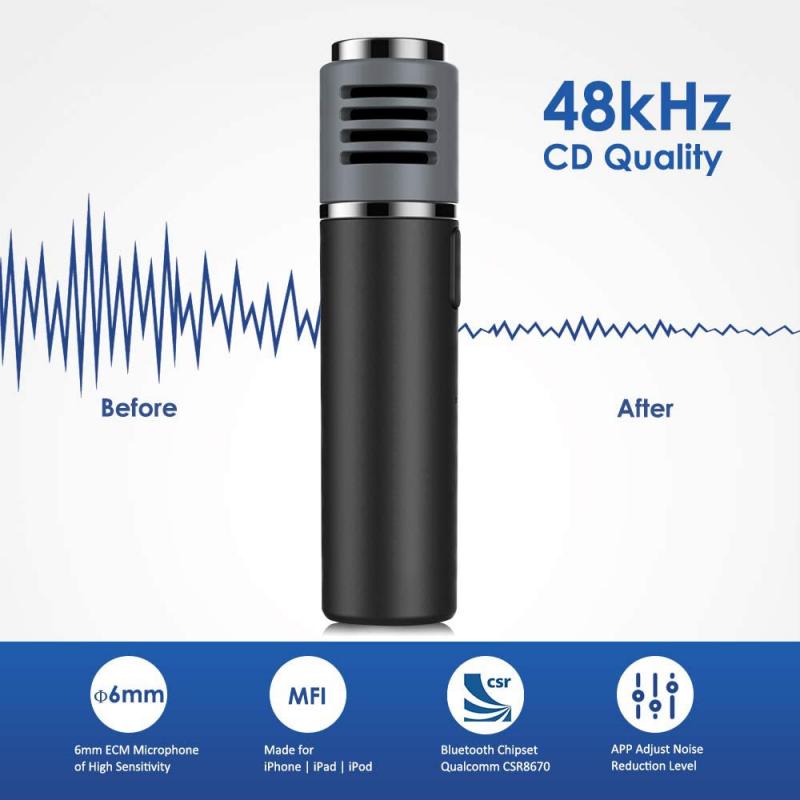
Before diving into the cleaning methods, it's crucial to understand why this maintenance task is essential. The speakers and microphone are critical components of your iPhone. They are responsible for sound output and input, respectively. If these components are clogged or dirty, you may experience:
- Muffled or distorted sound: Dirt and debris can block the sound waves, leading to poor audio quality.
- Reduced microphone sensitivity: A dirty microphone can make it difficult for others to hear you during calls or voice recordings.
- Potential hardware damage: Accumulated dirt can cause long-term damage to the internal components, leading to costly repairs.
Tools You Will Need
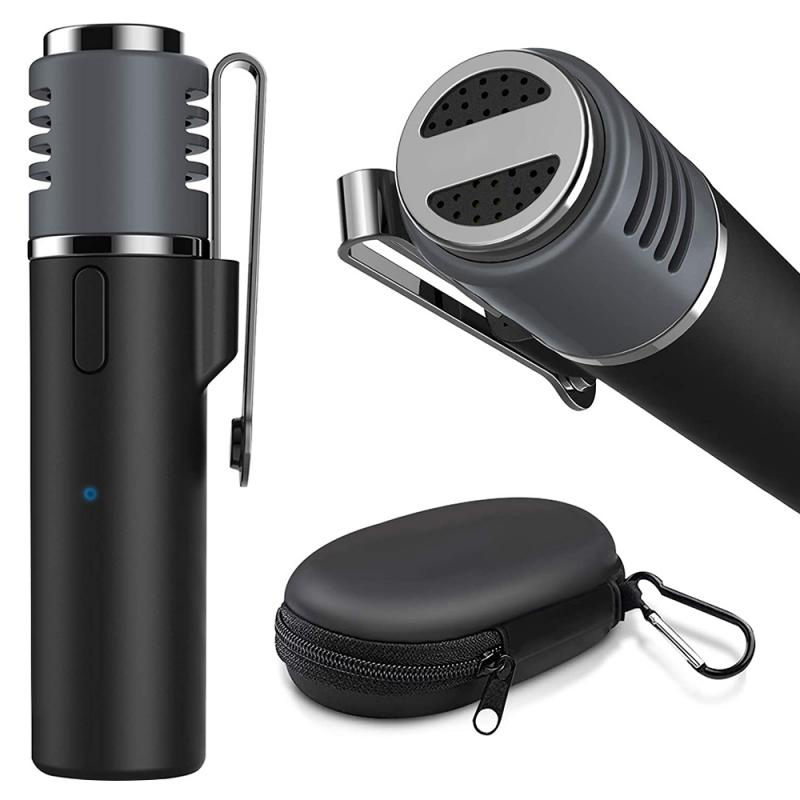
To clean your iPhone speakers and microphone, you will need the following tools:
1. Soft-bristled brush: A small, soft-bristled brush, such as a toothbrush or a paintbrush, can help dislodge dirt and debris.
2. Compressed air can: This can be used to blow out dust and particles from hard-to-reach areas.
3. Microfiber cloth: A lint-free cloth is ideal for wiping down the exterior of your iPhone.
4. Toothpick or SIM card ejector tool: These can be used to gently remove debris from the speaker and microphone holes.
5. Isopropyl alcohol (optional): A small amount of isopropyl alcohol can be used to clean stubborn dirt.
Step-by-Step Guide to Cleaning iPhone Speakers and Microphone
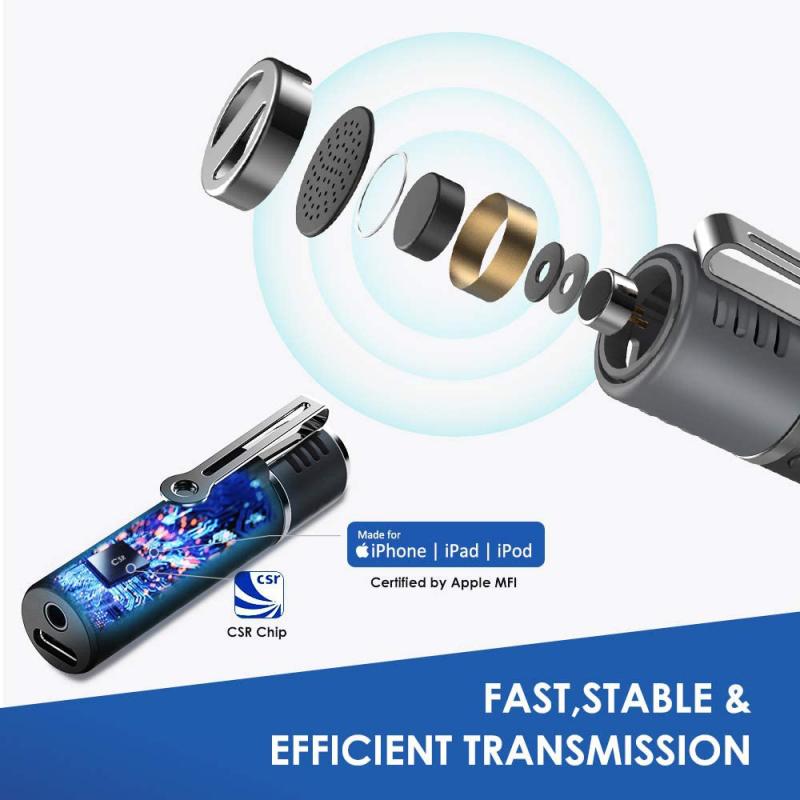
Step 1: Power Off Your iPhone

Before you start cleaning, make sure to power off your iPhone. This will prevent any accidental damage to the internal components and ensure your safety.
Step 2: Use a Soft-Bristled Brush
Take a soft-bristled brush and gently brush the speaker and microphone areas. Use light, circular motions to dislodge any dirt or debris. Be careful not to apply too much pressure, as this can damage the delicate components.
Step 3: Use Compressed Air
Hold the can of compressed air upright and use short bursts to blow out any remaining dust and debris. Make sure to keep the nozzle at a safe distance from the iPhone to avoid damaging the components. Do not use a vacuum cleaner, as the suction can cause damage.
Step 4: Use a Toothpick or SIM Card Ejector Tool
If there is still dirt or debris lodged in the speaker or microphone holes, use a toothpick or SIM card ejector tool to gently remove it. Be very careful not to insert the tool too deeply, as this can damage the internal components.
Step 5: Wipe Down with a Microfiber Cloth
Use a microfiber cloth to wipe down the exterior of your iPhone, paying special attention to the speaker and microphone areas. This will remove any remaining dust or dirt.
Step 6: Optional - Use Isopropyl Alcohol
If there is stubborn dirt that won't come off with the above methods, you can use a small amount of isopropyl alcohol. Dampen a corner of the microfiber cloth with the alcohol and gently wipe the affected areas. Make sure not to use too much liquid, as this can seep into the device and cause damage.
Tips to Prevent Future Build-Up
1. Use a Case: A good quality case can protect your iPhone from dust and debris.
2. Avoid Dusty Environments: Try to keep your iPhone away from dusty or dirty environments as much as possible.
3. Regular Cleaning: Make it a habit to clean your iPhone's speakers and microphone regularly to prevent build-up.
4. Use a Screen Protector: Some screen protectors come with built-in dust filters for the speaker and microphone areas.
Common Mistakes to Avoid
1. Using Too Much Pressure: Applying too much pressure with a brush or tool can damage the delicate components.
2. Using Liquids: Avoid using water or other liquids, as they can seep into the device and cause damage.
3. Using a Vacuum Cleaner: The suction from a vacuum cleaner can damage the internal components of your iPhone.
Cleaning your iPhone's speakers and microphone is a simple yet essential maintenance task that can significantly improve the performance and longevity of your device. By following the steps outlined in this article and using the right tools, you can ensure that your iPhone remains in optimal condition. Regular cleaning, combined with preventive measures, will help you avoid common issues related to dirt and debris build-up. So, take a few minutes to clean your iPhone today and enjoy better sound quality and performance.

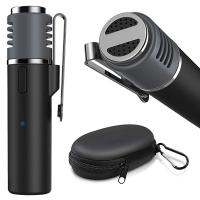
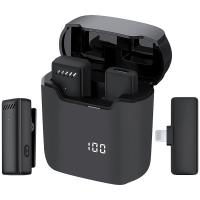



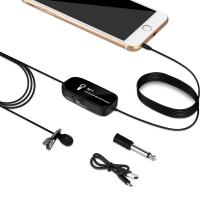
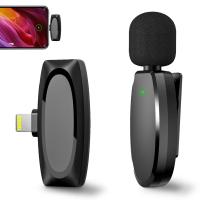

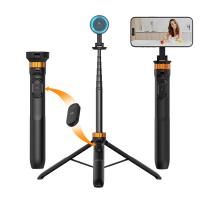

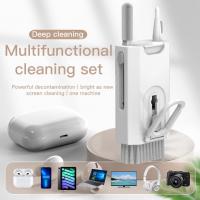
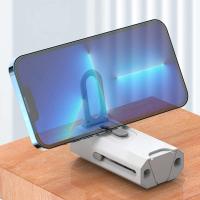
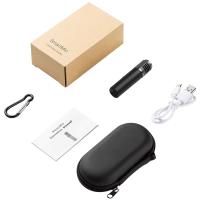




There are no comments for this blog.